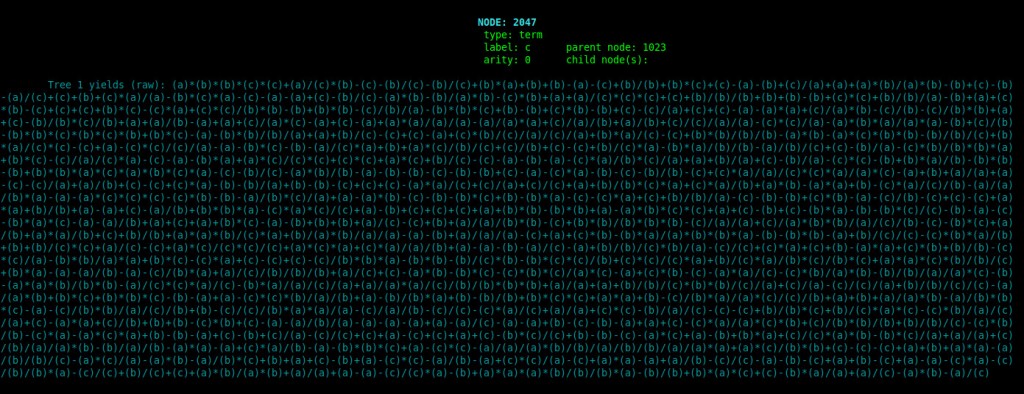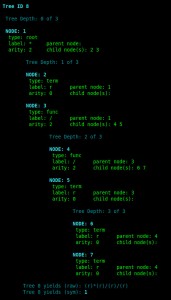Floating points
In a moment of needing a break from working on the User Guide I played with Karoo GP for 30 minutes and came back to testing cos and sin functions. They broke the Absolute Value function where Classification and Matching yet worked.
A day into the battle, a deeper issue has unfolded which keeps Karoo GP from working with any floats (although this was tested a long time ago, but with a very limited and controlled number of decimal places).
Now, I have learned even when [result = solution], it fails to match.
algo_sym a + b/c
result 0.44404973357
solution 0.4440497336algo_sym a + b/c
result 0.690166666667
solution 0.6901666667algo_sym a + b/c
result 2.70666517168
solution 2.7066651717
ARGH!!! Rounding errors!!!
I need to introduce careful control of the number of decimal places invoked for both ‘result’ and ‘solution’. For as much headache as this has caused, I am pleased I took that break and played around with my code again, else I would have run into this when I came back to KAT7 data.
What’s more, this might help Karoo GP solve the Kepler planet problem (which still fails at, miserably).




